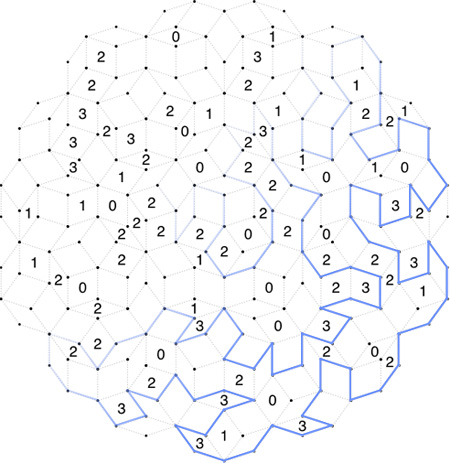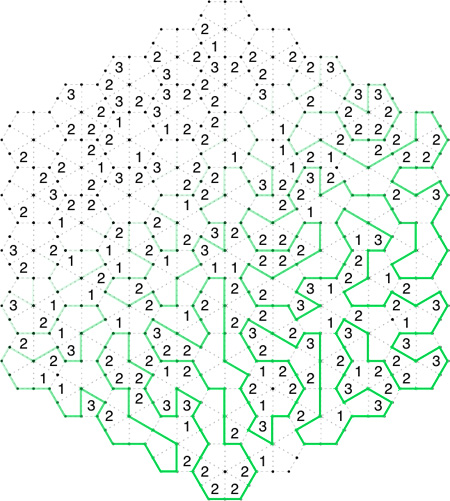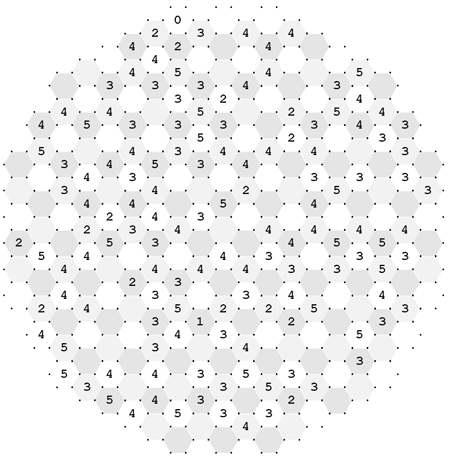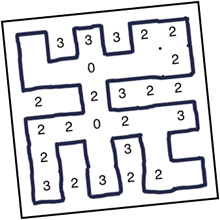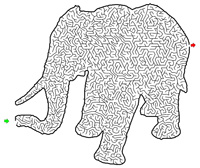About 18 months ago, I was contacted by a publisher, Ulysses press, that wanted to put out some Kakuro books, and I provided enough puzzles for three books.
Like most small publishers, Ulysses was blindsided when the Sudoku craze hit, and didn’t manage to get any books in the pipeline before the market was glutted with Sudoku books. They were hoping to cash in on the “next Sudoku” and so were a lot of other publishers, including those that had already made a fortune on Sudoku, and were looking for more of the same.
A good place to look for the next Sudoku was Nikoli publishing, the Japanese publisher that popularized Sudoku. Nikoli’s second-most popular puzzle was Kakuro, so this seemed like a good candidate.
So by Christmas of 1996, there were a ton of Kakuro books on the shelves.
So, did the Kakuro gamble pay off?
I’m thinking “no”.
Last year at this time, my local Vroman’s bookstore had a floor to ceiling bookshelf devoted to Sudoku and similar puzzles, with two of those shelves devoted to the glut of Kakuro books that had just come out. There were about an equal number of books devoted to crossword puzzles, and poker was pretty popular too.
This year, however, while the huge number of Sudoku, Poker and Crossword books remains, those two shelves of Kakuro books are gone. In their place are just 5 volumes, mixed in with the Sudoku books. I’ve noticed a similar situation at the local Barnes and Noble as well.
Why is this? Well, there a few things to consider.
1) Sudoku’s popularity was fueled by its regular appearance in major newspapers. In the Los Angeles market, Kakuro does not appear in newspapers, so most local solvers are still unfamiliar with the puzzle. It’s interesting to me that a medium perceived as dying or “in trouble” plays a major role here.
2) The demand for puzzles follows a power curve, one of those “long tail” things, and Kakuro is definitely further down in the tail. Being a second place puzzle doesn’t mean you sell slightly less, it means you sell a lot less. My web logs show that the demand for Sudoku outstrips Kakuro about 10 to 1.
3) It is my belief that the majority of puzzle solvers are what I would call “comfort solvers” – they are not particularly anxious to try new puzzles out. If they find a puzzle they like, they stick to it for a good long while. Most of these solvers prefer easy and intermediate puzzles. Learning a new puzzle amounts to a “hard” puzzle. Comfort food it ain’t.
The Sudoku craze, I believe, will not be repeated for a good long while. Not in the puzzle arena. The last puzzle that achieved that kind of popularity was the venerable crossword.
I sure am liking these Slitherlink puzzles though, I must admit…

